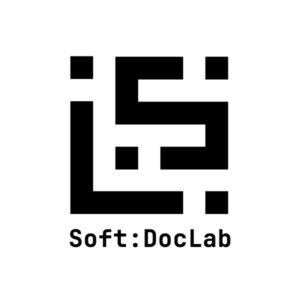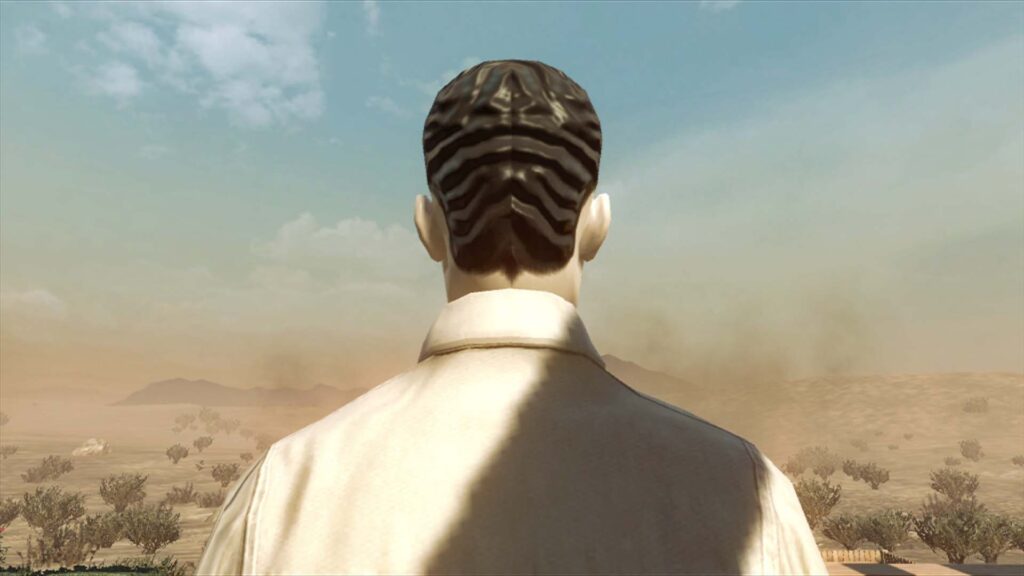
《九龍百哀圖》
:真實的虛擬日常
《Another Day of Depression in Kowloon》:
The Real Virtual Daily Life
2021.11
葉旭耀 IP Yuk-yiu
英文翻譯—劉培安 Liu, Pei-An
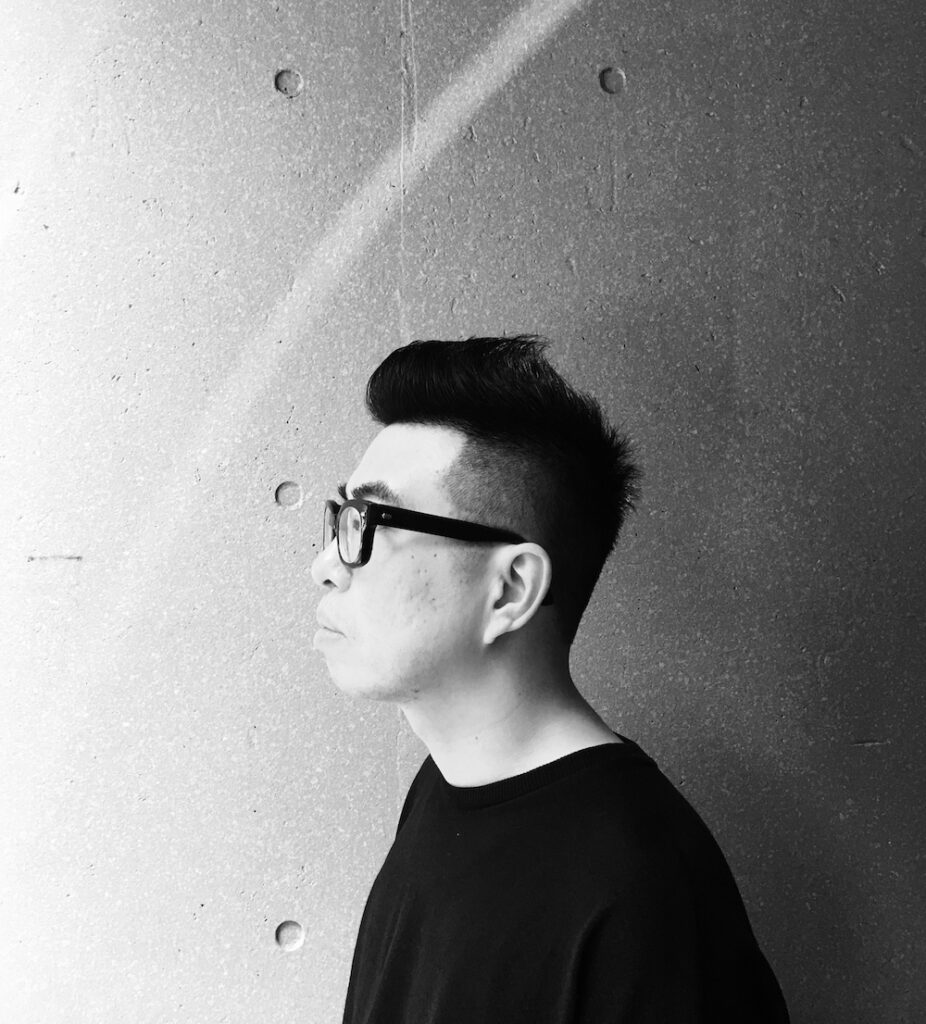
葉旭耀
葉旭耀, 實驗電影導演、媒體藝術家、藝術教師與獨立策展人。其電影、表演、媒體裝置與電腦遊戲作品曾在歐洲媒體藝術節、紐約電影節、柏林超媒體藝術節、錄像巴西、波蘭媒體藝術雙年展、東京互通中心及山形國際紀錄片節等多個重要國際藝術節及場地展出。自九九年起便積極參與並提倡各類型電影、表演和媒體展覽的策展活動, 並成立獨立策展單位art.ware推廣新媒體藝術發展。 現為香港城市大學創意媒體學院副教授, 並為二零一八年度香港藝術發展奬的年度藝術家(媒體藝術)。近年熱衷研究具電影,電腦遊戲及當代媒體藝術元素的混合多元創作。
IP Yuk-Yiu is an experimental filmmaker, media artist, art educator and independent curator. His works, ranging from experimental films, live performances, media installations to video games, have been showcased extensively at major international venues and festivals, including European Media Art Festival, New York Film Festival (views from the avant-garde), the Image Festival, FILE Festival, VideoBrasil, Transmediale, NTT ICC and WRO media art Bienniale. IP has over twenty years of curatorial experience in film, video and media art. He is the founder of the art.ware project, an independent curatorial initiative focusing on the promotion of new media art in Hong Kong. Currently he is Associate Professor at the School of Creative Media, City University of Hong Kong. His recent works explore hybrid creative forms that are informed by cinema, video games and contemporary media art practices. In recognizing his artistic achievements, he was awarded the Artist of the Year (media arts) by the Hong Kong Arts Development Council in 2019.
© IP YUK-YIU / video / HD / color / stereo / 15:30 / 16:9 / 2012
At the beginning of 2007, I bought an XBOX360 console. For the next five years, I spent an average of one to two hours (or more) a night on the gaming console, battling with other players in the online world of the personal shooting game called “Call of Duty.” Those five years of online gaming experience became a real virtual daily life for me at the time, inadvertently planting an important new entry point for my subsequent works.
2007年初,我買了一台XBOX360的遊戲機。之後的五年,每晚我平均會花上一至兩個小時(或更多)的時間在遊戲機上與其他玩家在個人射擊遊戲《決勝時刻》(Call of Duty)的網絡世界中對戰。那五年的連線遊戲體驗成為了我當時真實的虛擬日常,亦無意間為我其後的創作埋下一個很重要的新切入點。
One day, four years later, my friend L came over for a visit. Being bored, we started to play “Call of Duty.” L was new to the game and didn’t have much experience in playing personal shooting games. Holding the controller, L’s hands and eyes were not coordinated at all. He was supposed to be holding the gun and pointing it forward to kill the enemy, but ended up either looking up gawkily at the sky or staring down at the ground. After playing for most of the day, L still can’t seem to understand the right direction of the screen, and his slow reaction is rewarded with numerous virtual deaths.
時間推後四年的一天,朋友L來家作客。無聊之際,大家就開始玩起《決勝時刻》。L是新手,沒有太多玩個人射擊遊戲的經驗。拿著控制器,L手眼完全不協調。原本要拿著槍頭指向前方殺敵,結果不是變成呆呆仰望天空就是低頭凝視地下。玩了大半天,L似乎仍然攪不清楚螢幕的上下左右,遲鈍的反應換來就是無數次的虛擬死亡。
Just as I was about to give up teaching my friend how to assault enemies in the virtual world, I suddenly saw some game scenes that I ignored in the normal course of the game. The ground was filled with large and small pieces of trash. The clouds kept changing in the sky. All kinds of graffiti and street signs were on the walls. I was not able to see any of these sceneries in the game, more accurately, I ignored these details. The newcomer’s loss and slowness now re-presented these “hidden” landscapes.
正當我打算放棄去教身邊這朋友如何在虛擬世界衝鋒殺敵之際,我忽然看到一些在正常遊戲過程中所看不到的遊戲風景。地上大大小小的圾垃,天空中連綿不斷變化的雲、牆上各式各樣的塗鴉和街招,這些風景都是平常我在遊戲中所看不到——或更準確的説,忽略了——的細節。如今這新手的迷失和遲緩卻把這些「隱藏」了的風景重新呈現出來。
More interestingly, the game is based on the Kowloon Walled City of Hong Kong. As a Hong Kong resident, my knowledge of the walled city only remains at the level of movies or books, and I have never set foot in this legendary city-within-a-city, which was demolished in 1993. Now the game has become a time machine, opening up the possibility of entering this space, which has strengthened my curiosity and interest in this virtual world.
更有趣的是,遊戲的背景是以香港九龍城寨作為藍圖。作為香港人,我對城寨的認識只停留在電影或是書本的層面上,從未親身踏足這個在一九九三年已經被清拆了的傳奇城中城。如今遊戲卻變成了一個時光機,開啟了進入這一個空間的可能,這就更加增強了我對這虛擬世界的好奇和興趣。
For the next two months, I spent every day virtually roaming around the in-game Kowloon Walled City and observing the environment attentively. The more time I spent in it, the more I was amazed at the richness of the virtual world. Certainly, I understood the world was neither a Kowloon Walled City nor a mere spatial record. It is a cultural representation, which is clearly filled with Western fantasies and prejudices about Hong Kong and other Asian cultures. Despite this, I cannot help but acknowledge and appreciate the seriousness and delicacy with which the game is designed for the space.
其後的兩個月,我每天都會在遊戲中的九龍城寨虛擬漫遊,並對當中的環境做細心觀察。越花得多時間在其中,我就越驚訝那虛擬世界的豐富。當然我明白那個世界既不是九龍城寨,也不是一個單純的空間記錄。它是一個文化再現呈現,而且明顯地充滿著西方對香港以至其他亞洲文化的奇觀想像與偏見。儘管如此,我也不得不承認和欣賞遊戲對空間設計的認真和細緻。
Although the Kowloon Walled City is an important cultural heritage and historical landmark of Hong Kong, its recording and research by Hong Kong people themselves have come very late. Many of the important records and preservation were hastily done by outside research teams in the last days of the walled city. Back then, many Hong Kong people saw the walled city as a wilderness, a marginalized and invisible city of sin. Today, this alienated virtual landscape is both a mirror and a prism, reflecting not only the cultural projection of the other but the complex and entangled composition of the subject’s self-identity. To a certain extent, Kowloon Walled City may seem to many Hong Kong people like a scene of a movie or a game, more than an actual place.
雖然九龍城寨是香港重要的文化遺產和歷史標記,可是香港人自己對它的記錄和研究卻來得非常後知後覺。很多重要的記錄和保存都是由外來的研究團隊在城寨的最後日子匆忙完成。當年不少香港人只視城寨為一塊野地,一座被邊緣化和被看不見的罪惡之城。如今這異化的虛擬風景既是一面鏡子也是一塊棱鏡,反射了他者的文化投影之餘也折射出主體自我身份認知構成的複雜和糾纏。在某程度上,九龍城寨對於很多香港人來說可能像一部電影或是遊戲的場景,更甚於一個實際的地方。
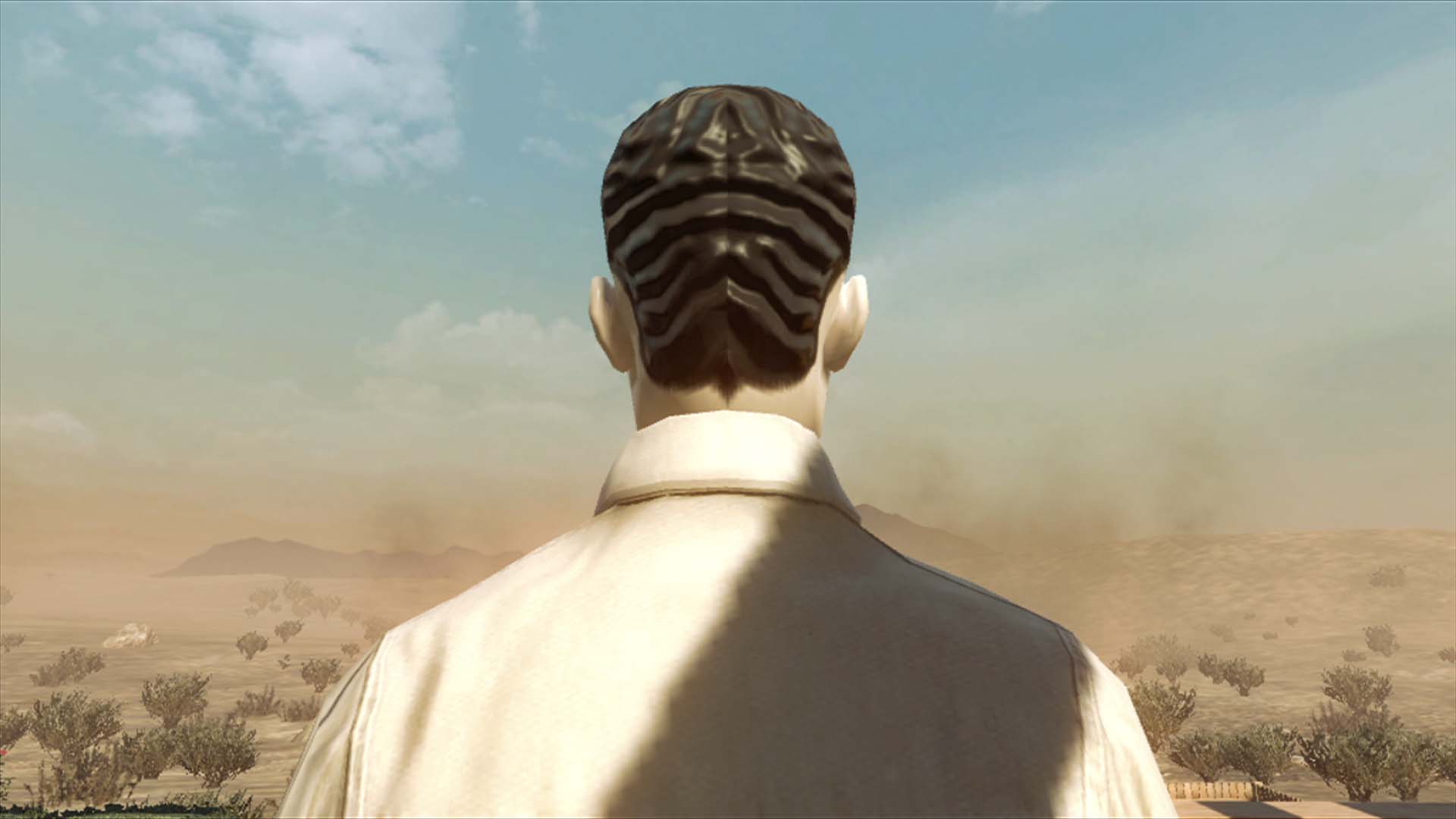
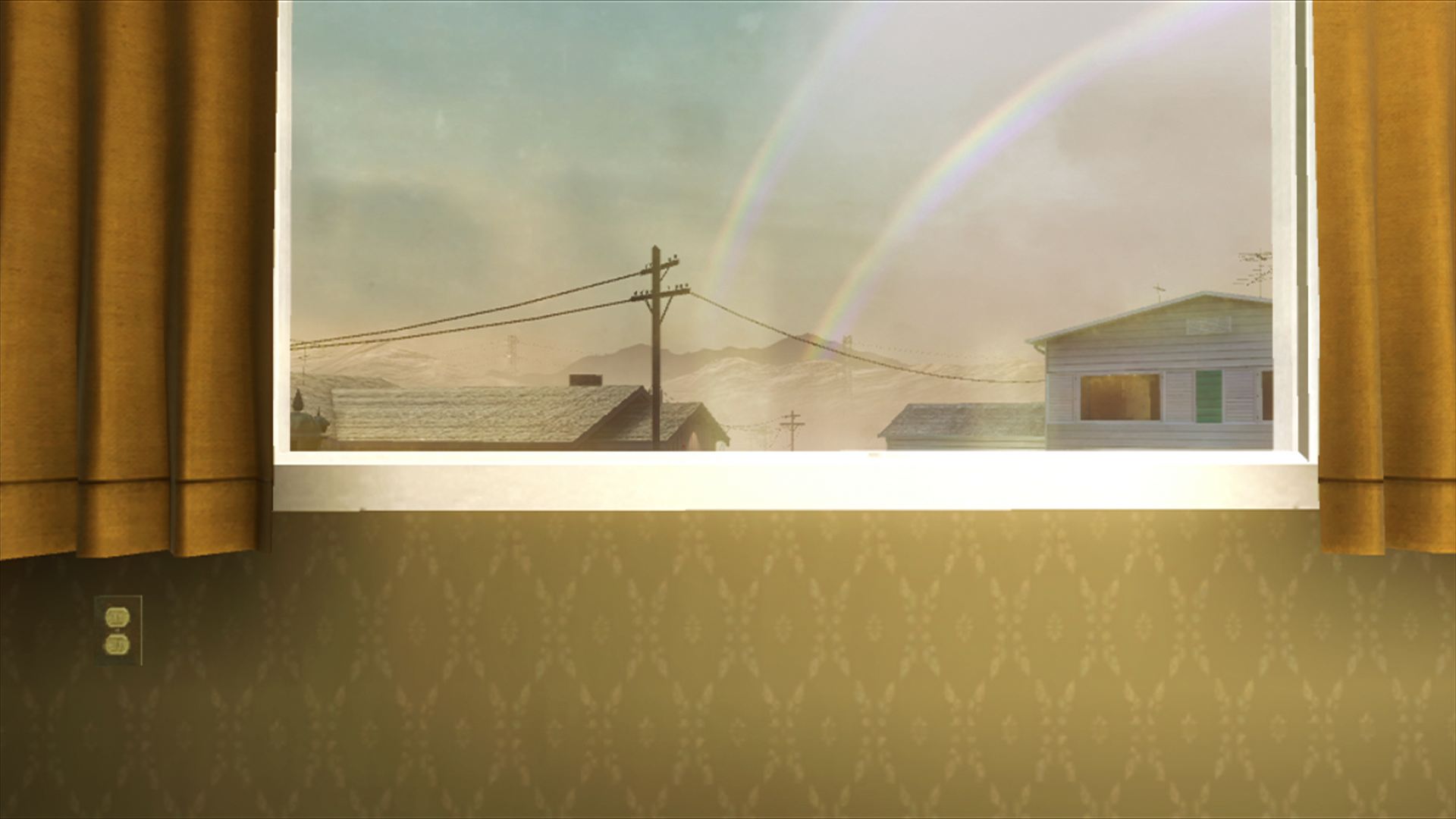
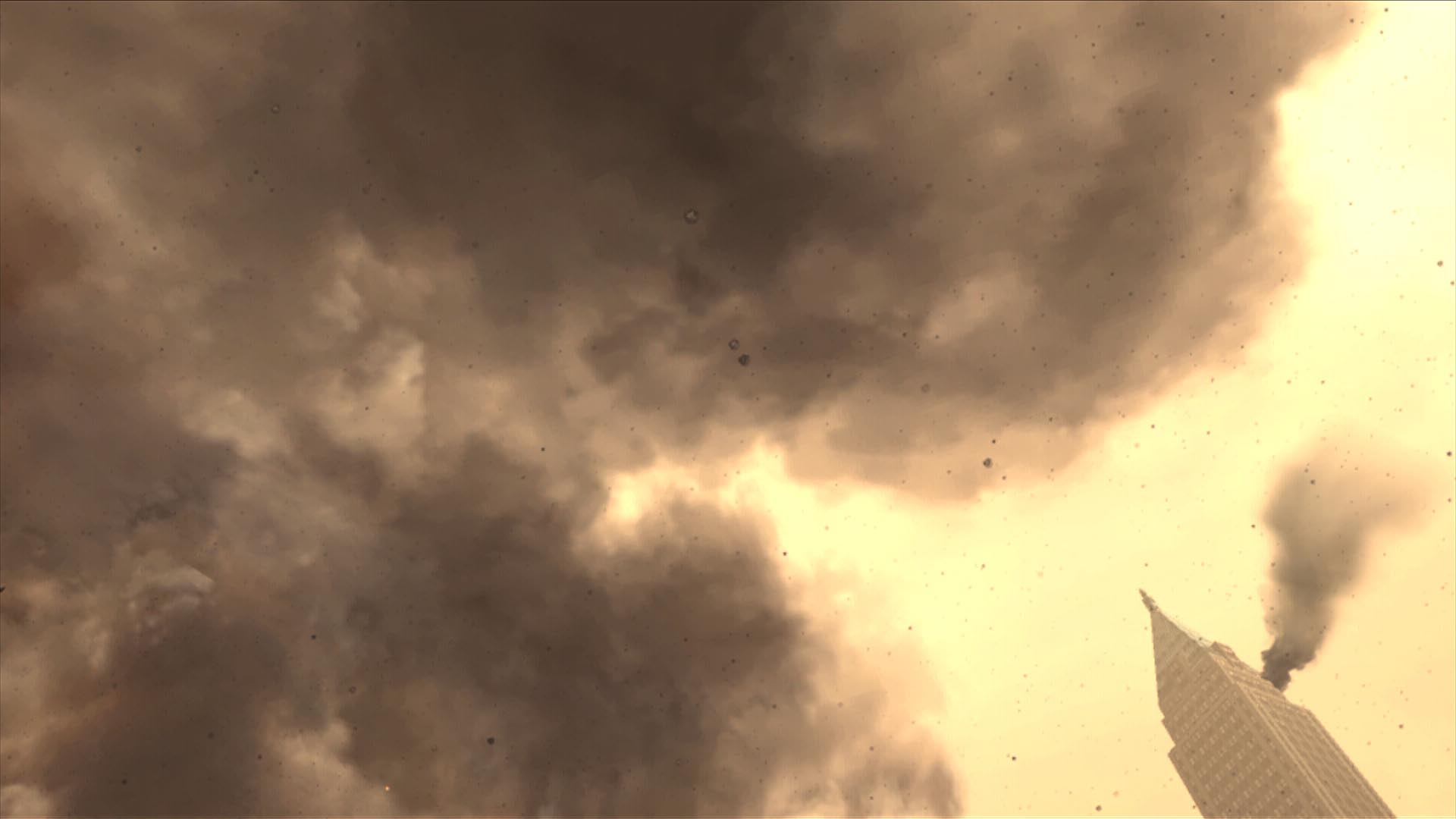
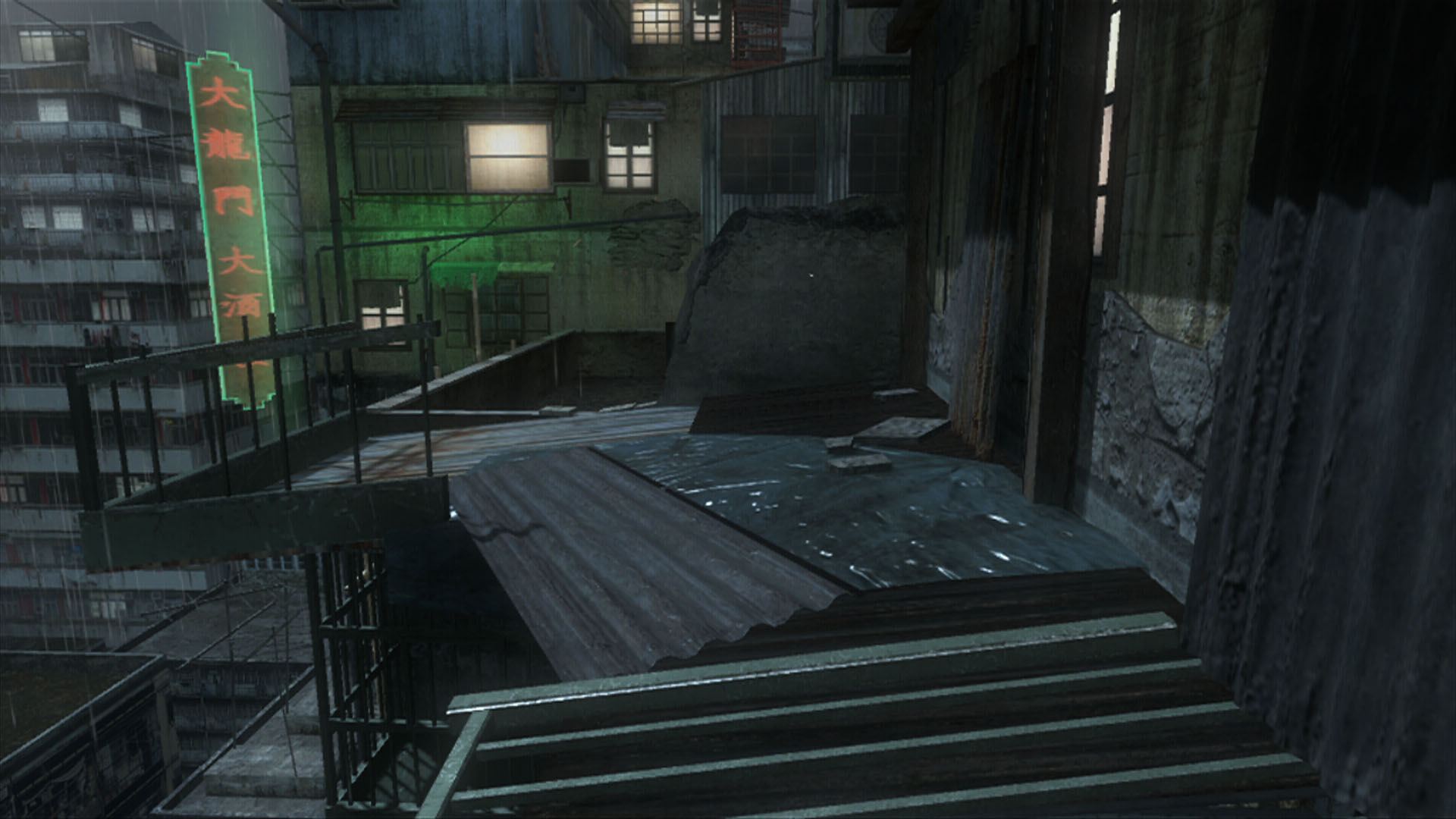
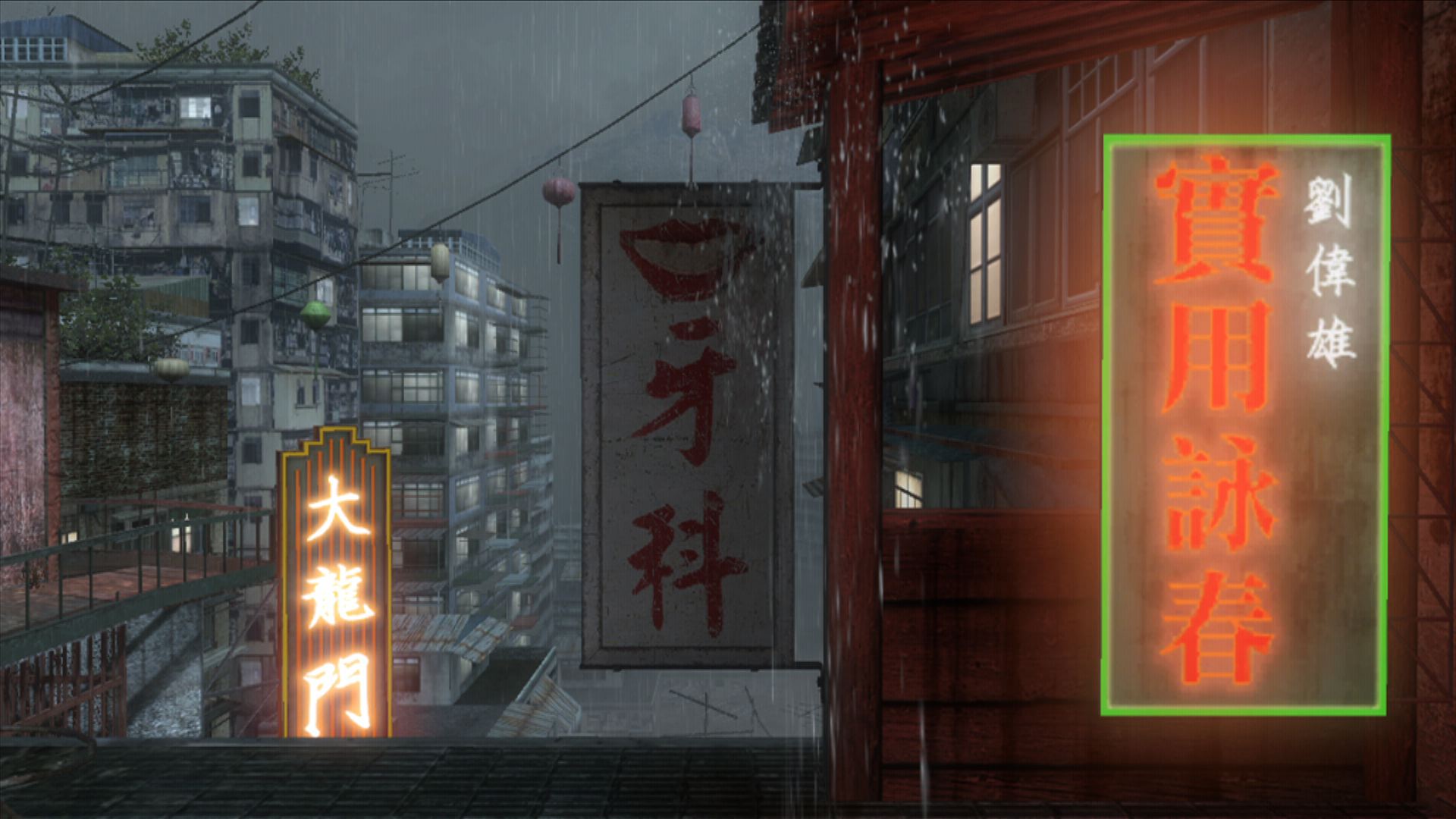
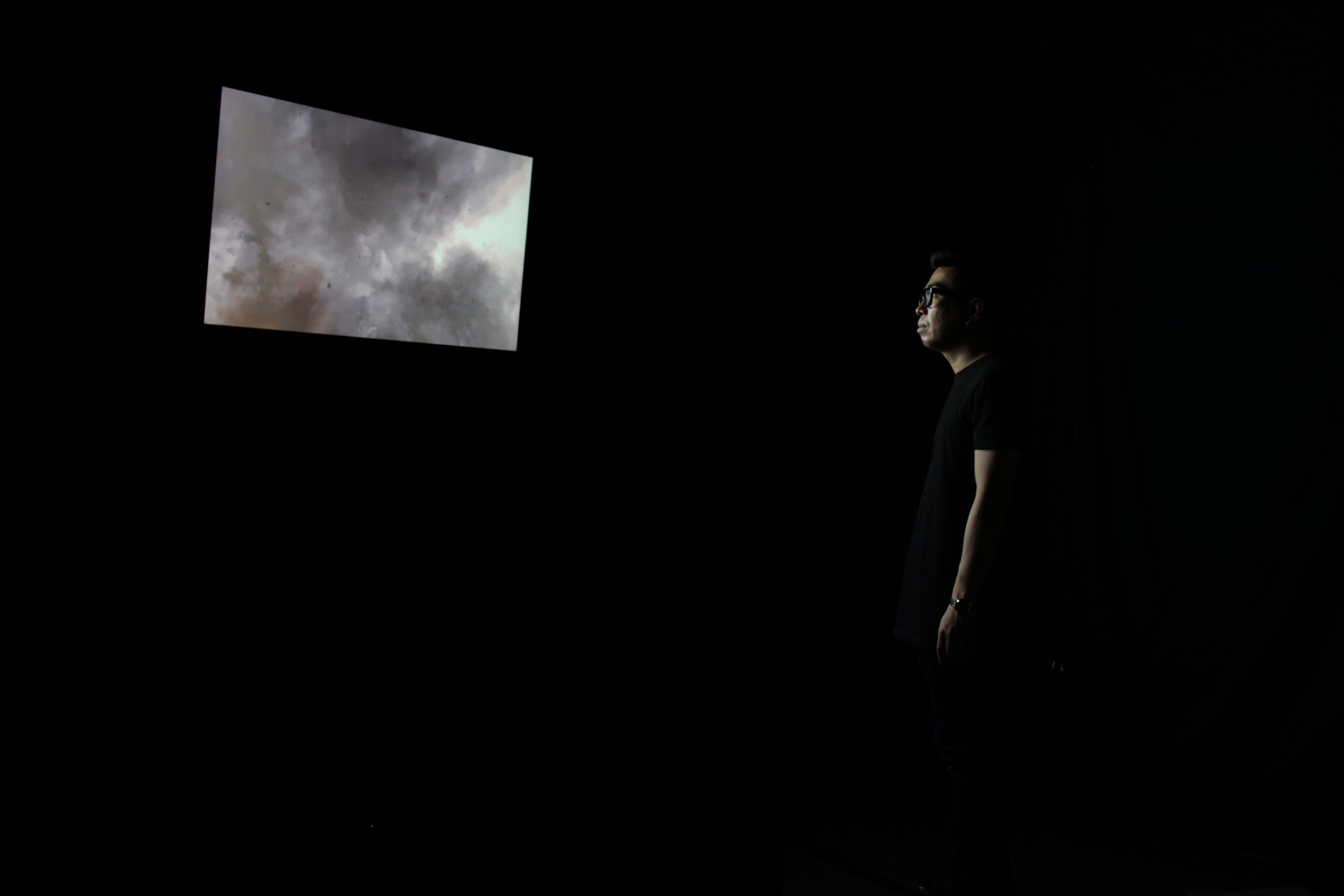
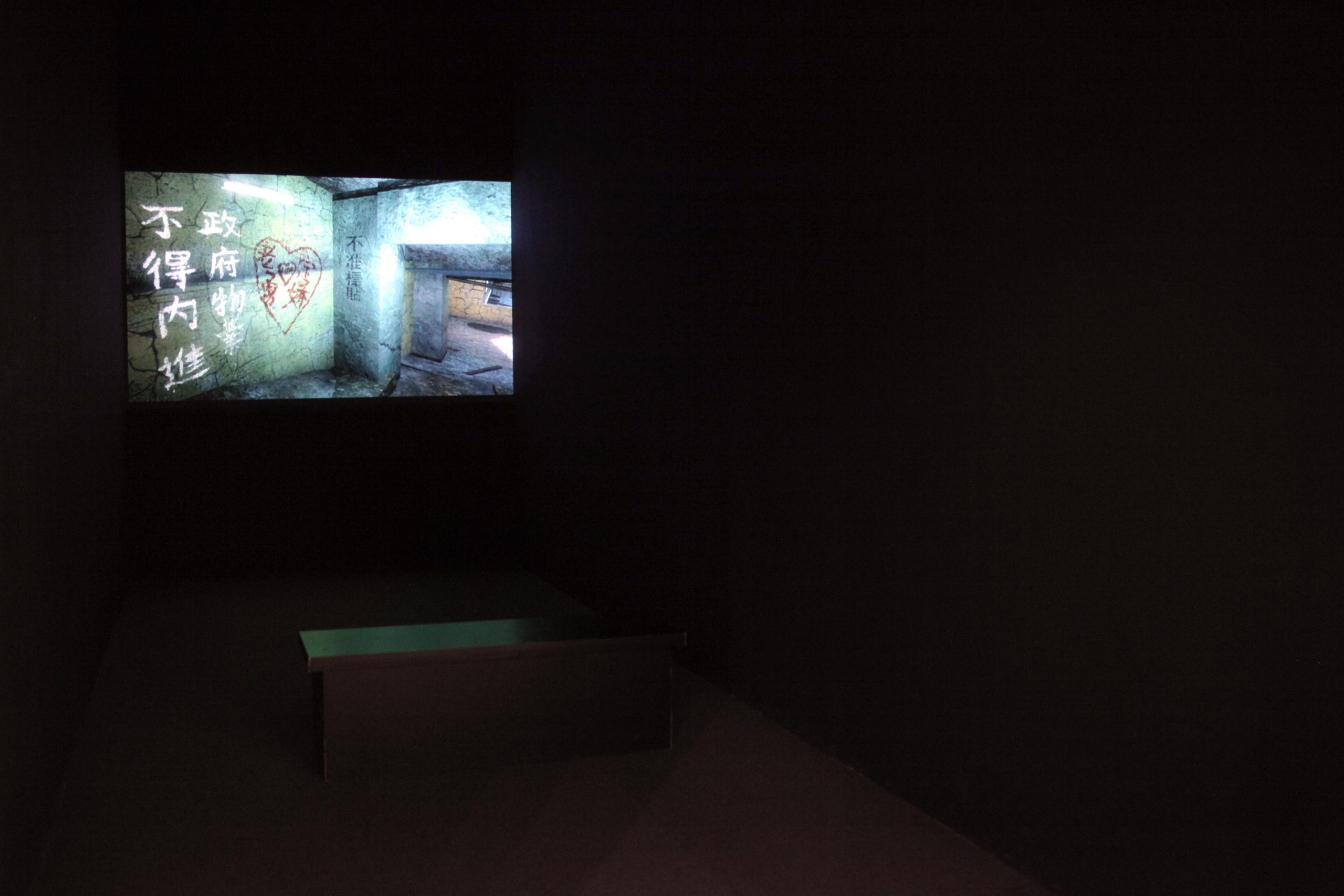
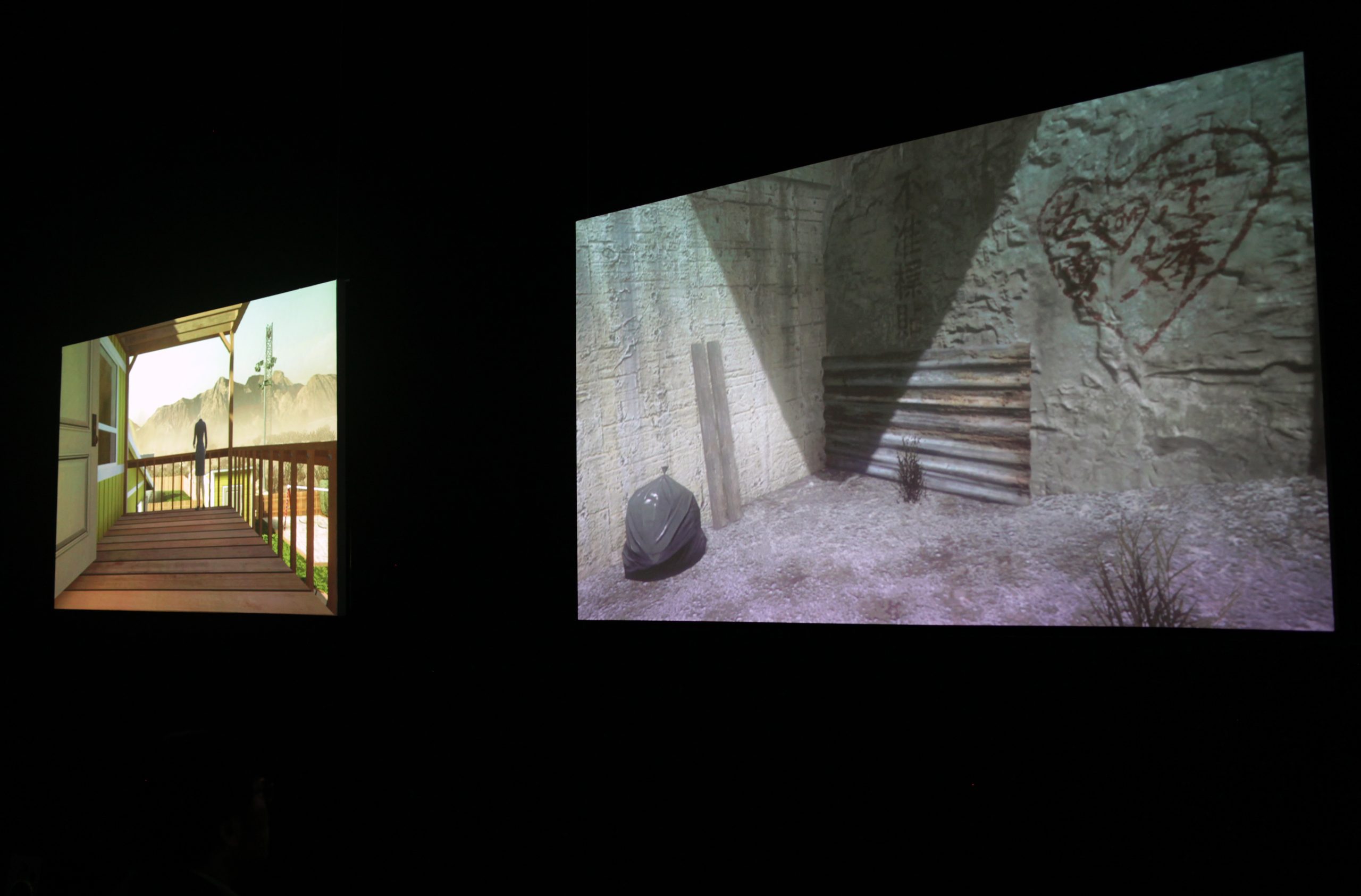
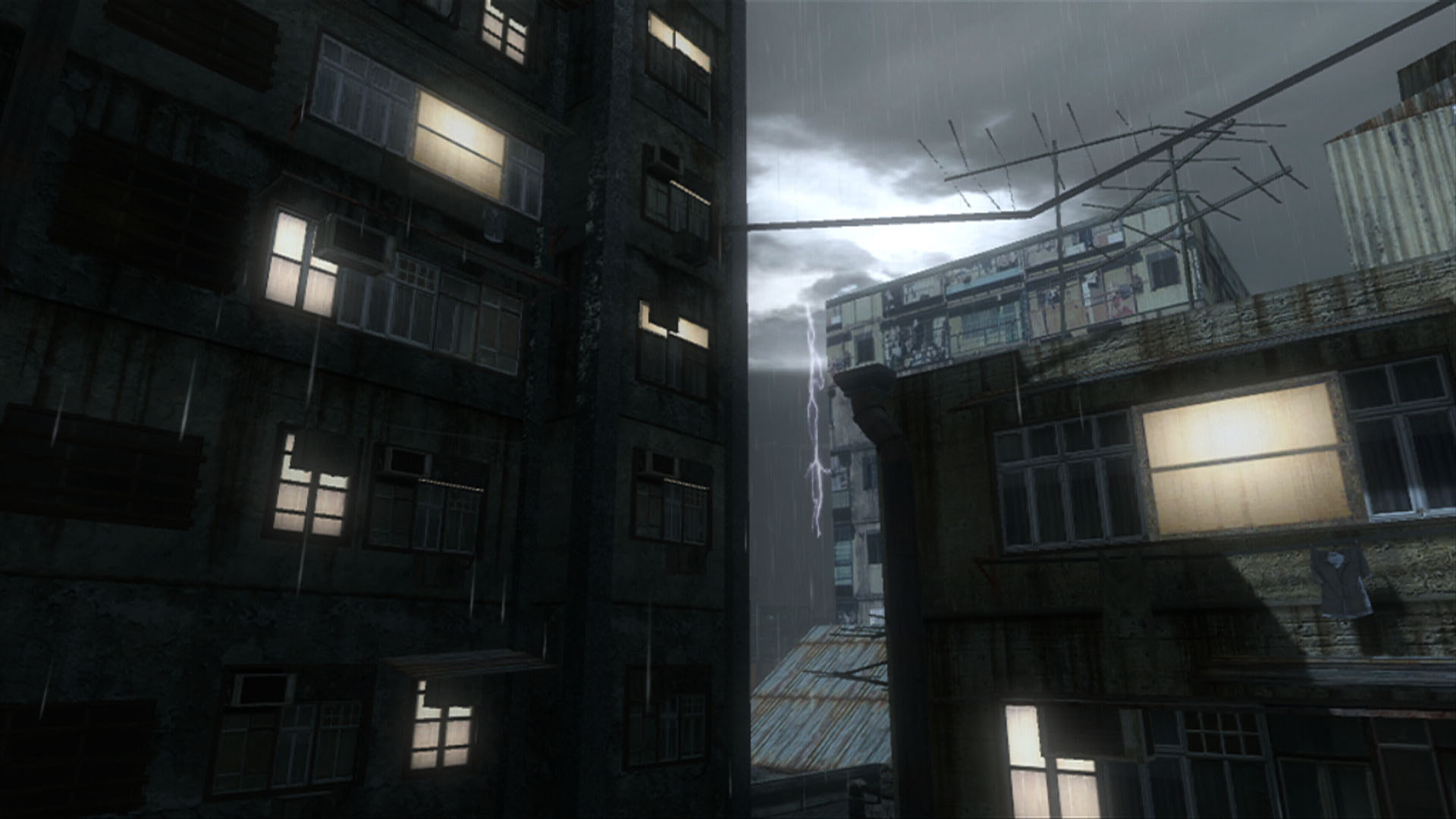
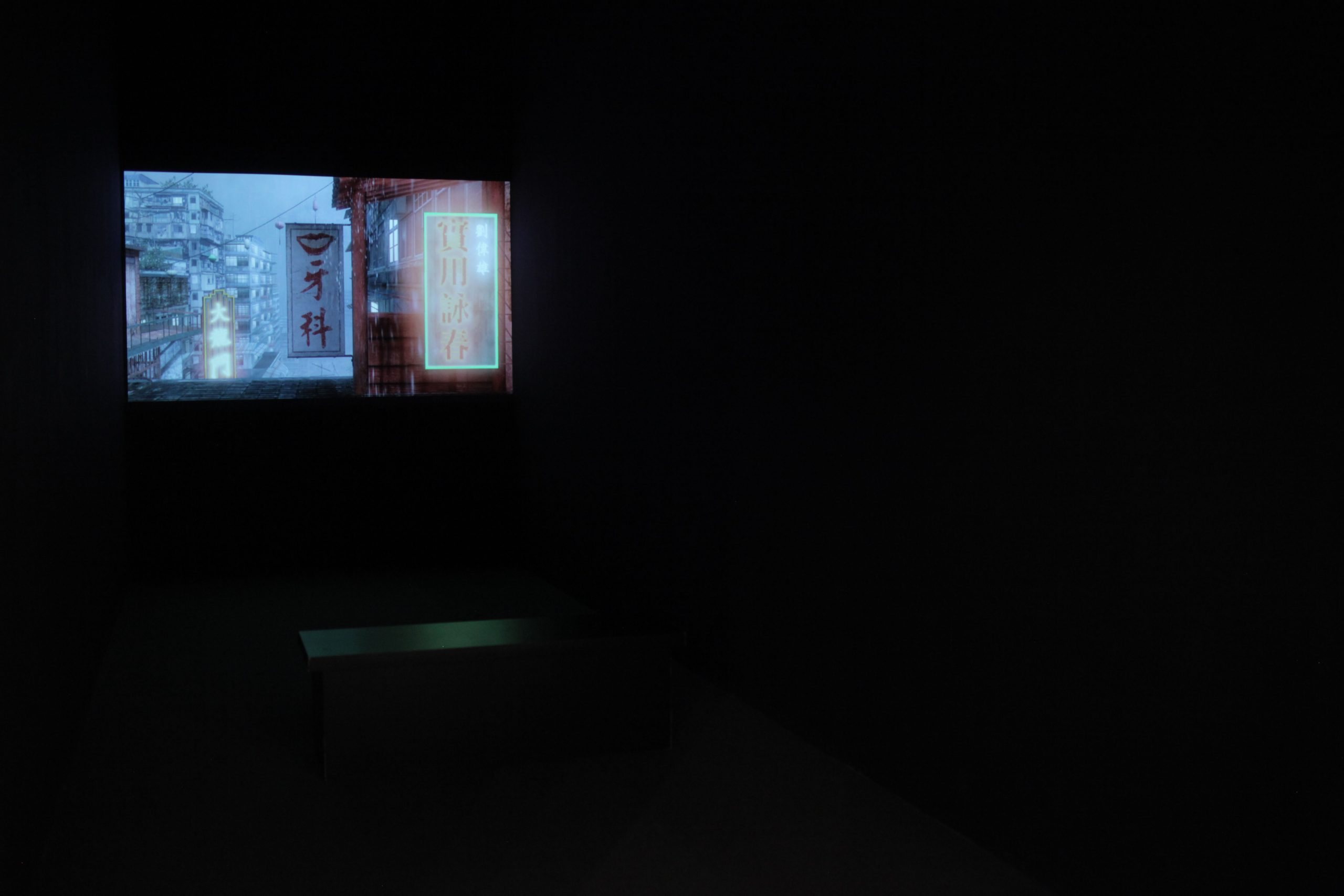
Slowly, I was not content to simply walk and watch in that virtual world. I wanted to make more specific and systematic records and studies of the place. So that’s how I started my virtual photography project in the game world. Since I only wanted to record the spatial environment in the game world, the first problem I needed to solve was to remove the graphical interface from the game screen. Most of the game’s interface features (e.g. helper maps, scores, etc.) could be turned off, but the weapon images were stubbornly in the center of the screen, showing off their presence. Stupidly, I didn’t know how to use the game’s so-called Theater Mode feature, which would have simply solved the weapon image problem. This stupidity forced me to spend some time developing a weird hacking technique to remove the weapons from the screen. This became an important element of the series, as it brought out the real-time of the game world in “Call of Duty.” This is an ontological difference that is indistinguishable to the naked eye and may not make a difference to the casual observer, but it is a key to showing the different temporal presence of the game world.
慢慢地,我不滿足單純在那虛擬世界散步和觀看。我希望能夠對那地方作出一些更具體和有系統的記錄和研究。於是乎就展開了我在那遊戲世界的虛擬拍攝計劃。由於我只想記錄遊戲世界中的空間環境,所以我第一個需要解決的問題就是要把遊戲畫面中的圖像介面展示刪掉。遊戲大部份的介面功能(例如輔助地圖、分數等)都能夠被關閉,惟獨武器的圖像卻頑固地佔據畫面正中央,耀武揚威地展示自己的存在。非常愚蠢地,我當時並不懂得利用遊戲中所謂的劇場模式(Theater Mode)的功能, 這樣子就能夠簡單解決武器圖像的問題。這愚蠢迫使我花了點時間去研發出一種古怪的自創駭客技術(hacking)來移除畫面武器的部份。這方法卻因此成為其後這一系列作品中一個很重要的元素,因為它能夠把《決勝時刻》中遊戲世界的實時性呈現出來。這是一個肉眼並不能區分的本體論差異,對於單純觀看的人可能沒有分別,但對於展示遊戲世界不同的時間存在卻是一個關鍵。
Once the interface problem was solved, the game became a world that could simply be photographed, and I was like a photographer wandering through it, looking for something worth recording to photograph. The reason why I wanted to use games as a creative outlet was very pure and naive. Basically, I just wanted to record the virtual Hong Kong and Kowloon Walled City in ” Call of Duty ” by the most direct means, and try to show the meaning and intention through the representation of images and space in an unadorned way. Although I was inspired by the computer game artwork associated with artists such as Feng Mengbo, Cory Arcangel, and Phil Solomon, my ideas were probably closer to the observational aesthetics of documentary film, visual ethnography, and landscape cinema. Chantal Akerman, James Benning, Peter Hutton, and my mentor Mark LaPore were among the things I often thought of when I was shooting.
當解決了介面這一大問題後,遊戲就變成一個可以簡單被拍攝的世界,而我就像一個攝影師遊走其中,尋找值得記錄的東西去拍攝。當時我想利用遊戲作為創作的原因可以說是非常純粹和天真。基本上,我只想以最直接的手段來去記錄《決勝時刻》中那虛擬的香港和九龍城寨,並盡量以不修飾的方法透過影像和空間的再現去展示出意義和意圖來。儘管我深受馮夢波、Cory Arcangel和Phil Solomon等藝術家相關的電腦遊戲藝術創作所啟發,不過當時我的想法可能更為接近紀實電影、視覺民族誌和風景電影中的觀察美學。Chantal Akerman、James Benning、Peter Hutton和我老師Mark LaPore等人的作品都是我在拍攝時常常想到的東西。
After a year of shooting and organizing, I finally transformed the huge database of media records into my first work using computer games as source material. What was once a bloody and violent game has now become a series of empty mirrors with no one in sight. Behind the desolate landscape lies an inexplicable depression and unsettling agitation, depicting a picture of “Another Day of Depression in Kowloon” that is somewhere between documentary and imagination.
經過一年的拍攝和整理,我終於把那龐大的媒體記錄資料庫轉化成我第一個利用電腦遊戲作為素材的作品。原本充滿血腥暴力的遊戲如今變成了一串杳無人跡的空鏡,荒涼的風景背後隱藏着一股莫名地壓抑和不安地躁動,勾劃出一幅介乎紀實與想像之間的《九龍百哀圖》(Another Day of Depression in Kowloon)。
“Another Day of Depression in Kowloon,” (2012) is a work of great personal significance to me. It allows me to integrate three very different directions in my artwork over the years: documentation, appropriation and new media, into one work. In terms of creativity, documentary and appropriation often point to very different directions and values. Take observational film and found footage as a pair of examples. The former points to external reality and focuses on observation, while the latter takes cultural symbols as the starting point of creation and places more emphasis on a kind of meta-reflection and -examination. Neither documentary nor appropriation can be easily related to the technological exploration in new media art; therefore, it is often difficult to focus on all three aspects of documentary, appropriation, and new media at the same time in one creation.
《九龍百哀圖》(2012)是一個對我來說很有個人意義的作品。它讓我能夠把多年來自己在藝術上三個很不同的創作方向:紀實(documentation)、挪用(appropriation)和新媒體(new media)整合在同一個作品之中。創作上,紀實和挪用往往指向非常不同的方向和價值觀。以觀察電影和舊片衍用(found footage)作為一對例子。前者指向外在現實,講求觀察;後者即以文化符號為創作起點, 較為着重一種後設的反省與審視。而不論是紀實或是挪用,兩者都不容易與新媒體藝術中科技探索這一特質扣上關係,所以往往很難在一個創作中能夠同時關注紀實、挪用和新媒體這三方面的議題。
Certainly, this is just a general statement, but ” Another Day of Depression in Kowloon ” is an opportunity for me to break these seemingly natural limits. The work allows me to use media hacking techniques (new media) to observe and film the virtual world of the game (documentary), and at the same time use the material to explore the cultural representation problems behind the game (appropriation). Equally importantly, “Another Day of Depression in Kowloon ” is not only a record of a virtual world made up of contemporary cultural products; to a certain extent, it is also a daily record of my personal life. The virtual world is my real daily life at that time, a part of my lived reality. I didn’t just explore and document the game for artistic reasons, the game and its world were something that I lived for. This seemingly simple point was a very important footnote in my motivation at the time.
當然這只是種泛泛的說法,《九龍百哀圖》正給予我一個能夠打破這些看似理所當然的限制的創作機會。作品讓我運用媒體駭客技術(新媒體)去觀察和拍攝遊戲中的虛擬世界(紀實),並同時利用那些素材去探討遊戲背後關於文化再現呈現的問題(挪用)。同樣重要的是,《九龍百哀圖》不單止記錄了一個由當代文化產物所構生的虛擬世界;某程度上,它亦同樣是我個人生活的一個日常記錄。那虛擬世界是我當時的真實日常,是我切實生活過的現實(lived reality)的一部份。我不單單是為了藝術的原因而去探索和記錄那個遊戲,那遊戲及其世界是我生活確切的東西。這看似簡單的一點,卻是我當時創作動機中一個非常重要的註腳。
After ” Another Day of Depression in Kowloon,” I also completed two experimental film works through other different games in the ” Call of Duty ” series: “The Plastic Garden” (2013) and “Clouds Fall” (2014) and a performance installation “Clouds Falling” (2016). The works in this series respond to contemporary society in an “imaginary history” way and also try to explore the issues of virtual documentary, cultural representation, machinima, in-game photography, and media hacking.
《九龍百哀圖》之後,我亦通過《決勝時刻》系列其他不同的遊戲完成了兩個實驗電影作品《The Plastic Garden》(2013)、《Clouds Fall》(2014)和一個表演裝置《Clouds Falling》(2016)。這系列的作品以一種「想像的歷史」(imaginary history)的方式去回應當代社會,亦同時嘗試去探索虛擬紀實(virtual documentary)、文化再現(cultural representation)、引擎電影(machinima)、遊戲內攝影(in-game photography)和媒體駭客技術(media hacking)等方面的問題。
The experience of creating ” Another Day of Depression in Kowloon” became an opportunity and a starting point for me to use computer games as an artistic medium, which allowed me to respond to the compound situation between the real and the virtual in contemporary society by using a hybrid creative form that combines film, games, and digital media.
《九龍百哀圖》的創作經驗成為我利用電腦遊戲作為藝術媒介的一個契機和起點,它讓我能夠以一種融合電影、遊戲、和數碼媒體的混合創作形式來去回應當代社會中那介乎真實與虛擬的複合處境。
